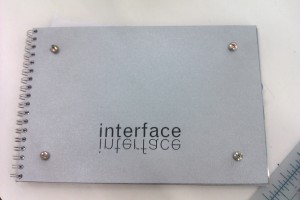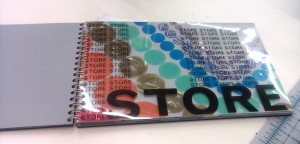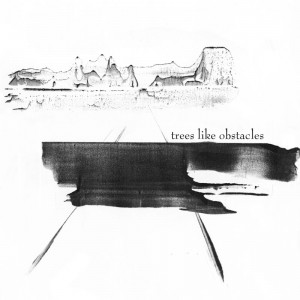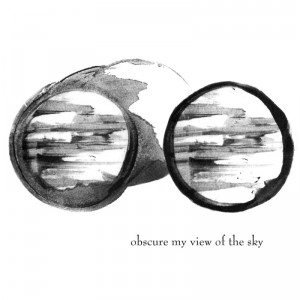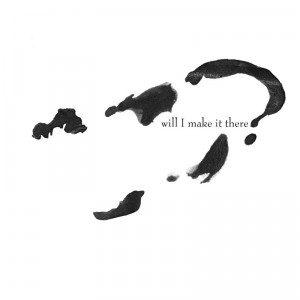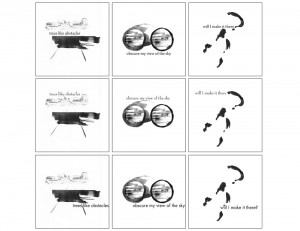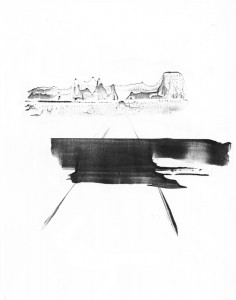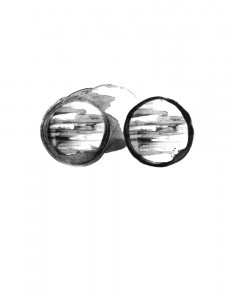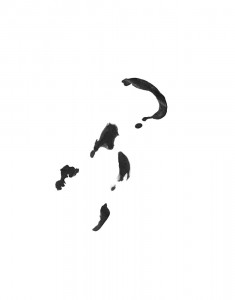Haiku Flash Video
By Erika Goering,
After many revisions and a lot of fiddling around with type placement, transitions, and keeping true to the concept of the poem, I’ve settled on a final version.
Since posting my original shapes & text, I’ve moved the “obscure my view of the sky” text to fit better with the shape of my “smudgy sky goggles,” as I call them. Before, the type was awkwardly placed below the shape and it wasn’t really aligned with anything. Now it’s aligned with the right side of the shape, and it’s interacting with the little curve that comes off the top. I feel like it belongs there now.
Since my last flash iteration, I’ve given my shapes a little bit of movement at all times. This makes them feel more alive, like they are telling you their lines of the haiku. I think it’s a really good addition to the video.
Technical issue: I tried adding music, but when the video looped back to the beginning, the music would keep going like it was just one long movie. And then another iteration of that song would start playing when the video restarted. So I ended up with layers of music playing together after looping through the video a couple of times. I never figured out how to fix it. So I took it out at the last minute.
I’m proud of myself for accomplishing this and not encountering too many problems, aside from the music thing. I never really worked with Flash before this project, and I’m glad I caught on quickly.
Filed under: KCAI, VisCom1
Comments: Comments Off on Haiku Flash Video
